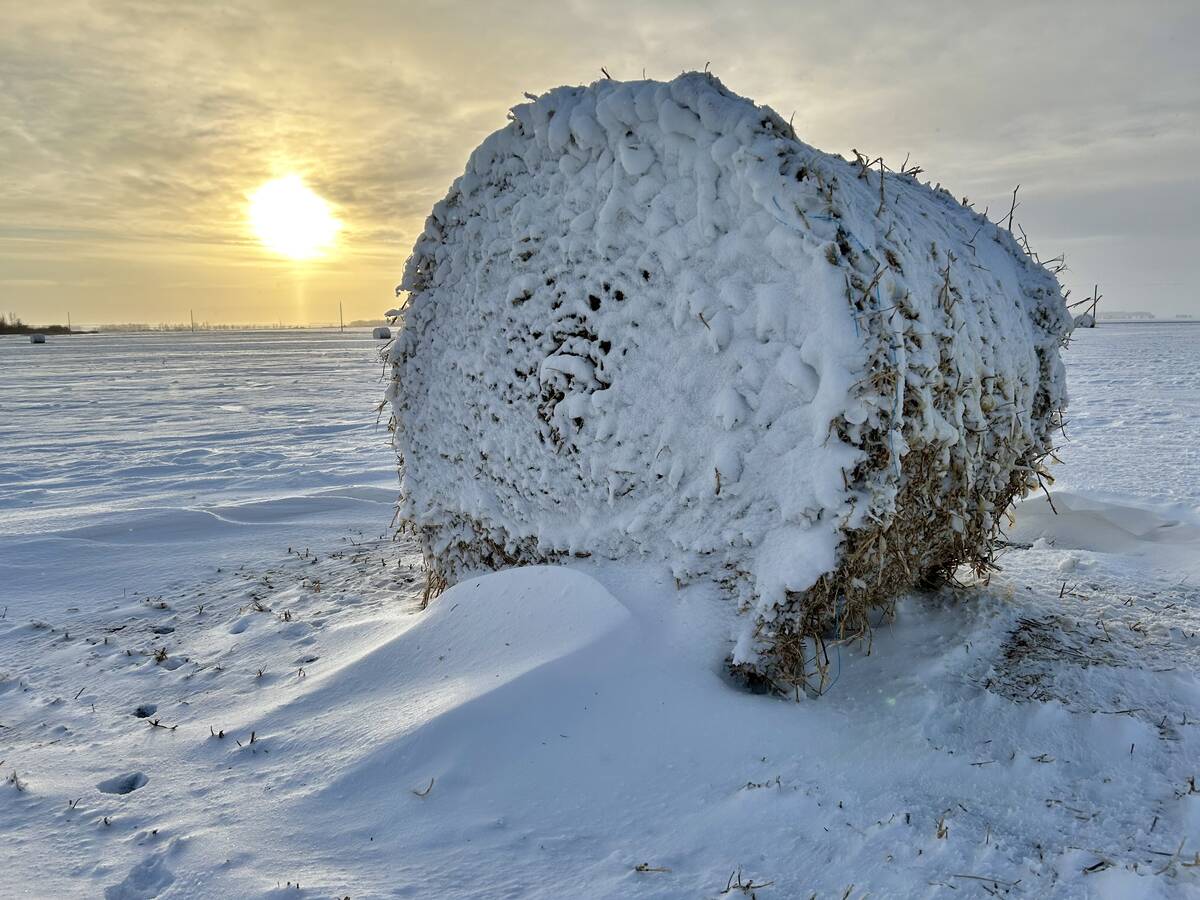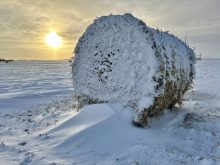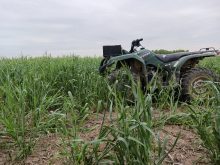U.S. agriculture could lose up to $53 billion per year from a disease threatening the North American bat population, according to a recent study in the journalScience.
White-nose syndrome – so named for the white fuzzy growth it causes on bats’ muzzles – has spread to at least 16 states and three Canadian provinces, killing more than one million bats.
“Simply put, bats eat a lot of insects – insects that bother us around our homes, and insects that can damage crops and forests,” said Ohio State University Extension wildlife specialist Marne Titchenell in a Purdue University release highlighting the study.
Read Also

Prairie winter snowfall forecast 2025-2026
How much snow should farmers in Alberta and elsewhere on the Canadian Prairies expect for the rest of December 2025 and into January-February 2026?
“It’s logical to assume we’ll lose a significant amount of the pest-control services that bats provide us as the disease spreads through Ohio and potentially the Midwest,” Titchenell said.
The total value of bats to U.S. agriculture – and the potential loss from whitenose syndrome – ranges from a low of $3.7 billion to a high of $53 billion a year, according to the study.
“Bats are among the most overlooked, yet economically important, non-domesticated animals in North America,” the study’s authors wrote, “and their conservation is important for the integrity of ecosystems and in the best interest of both national and international economies.”














